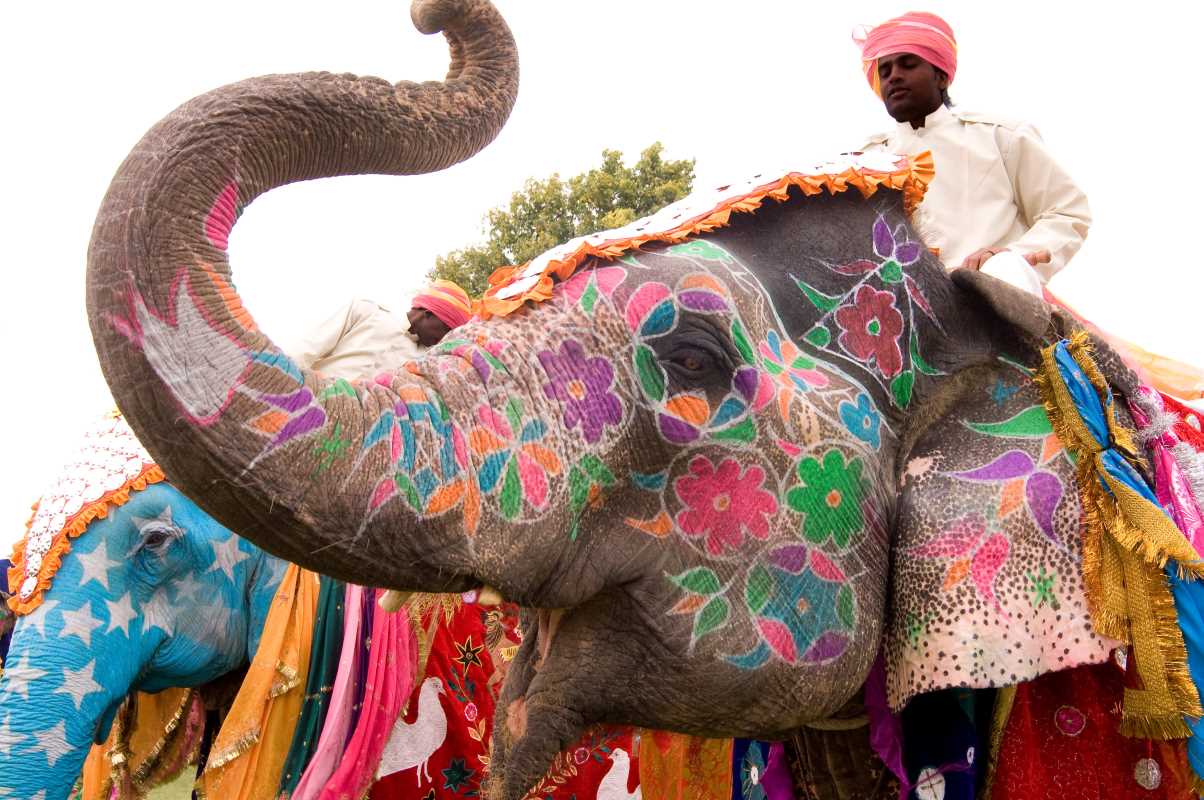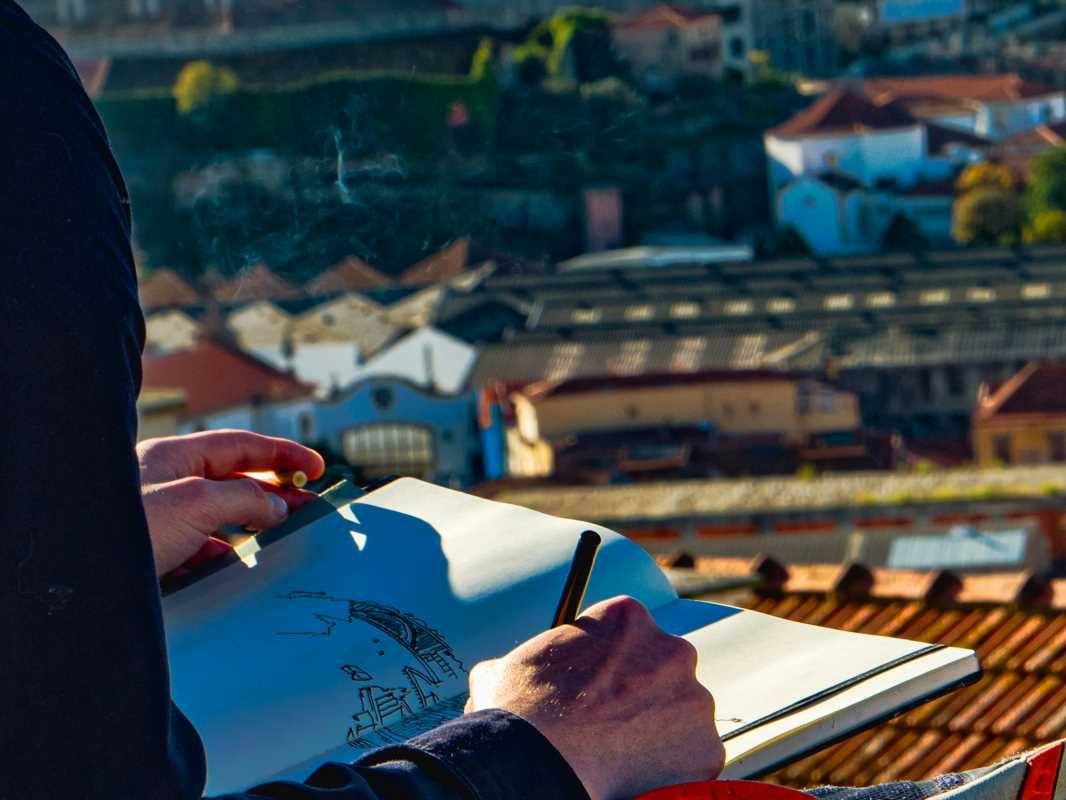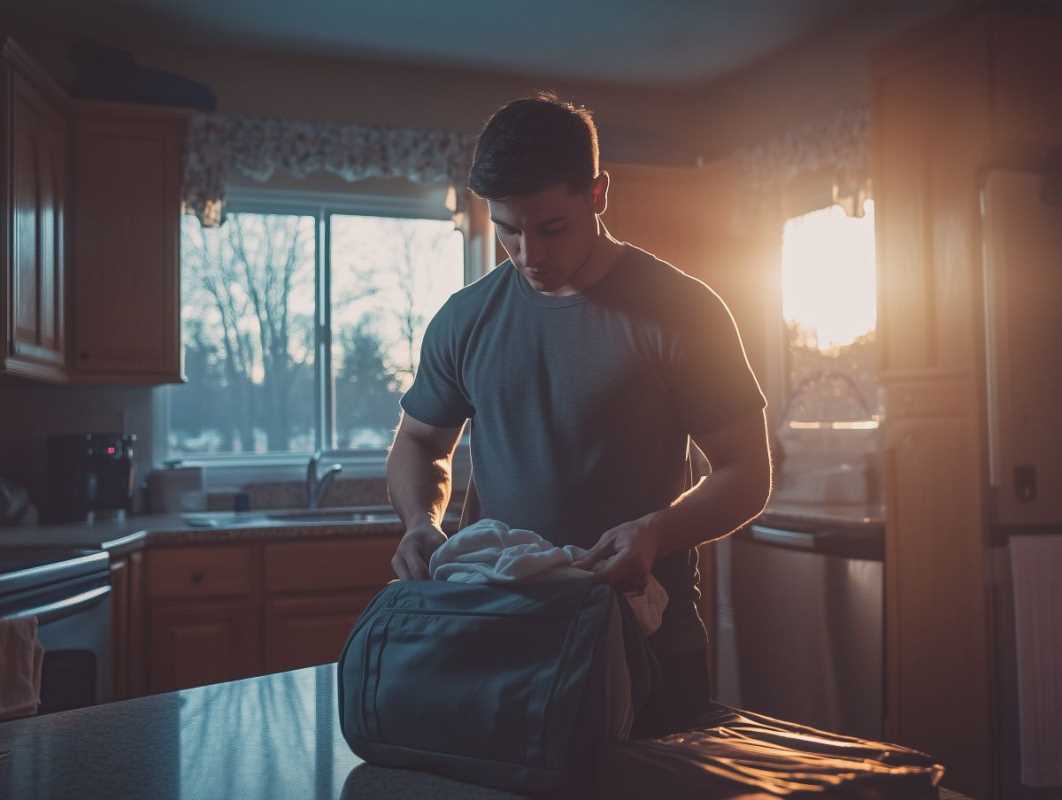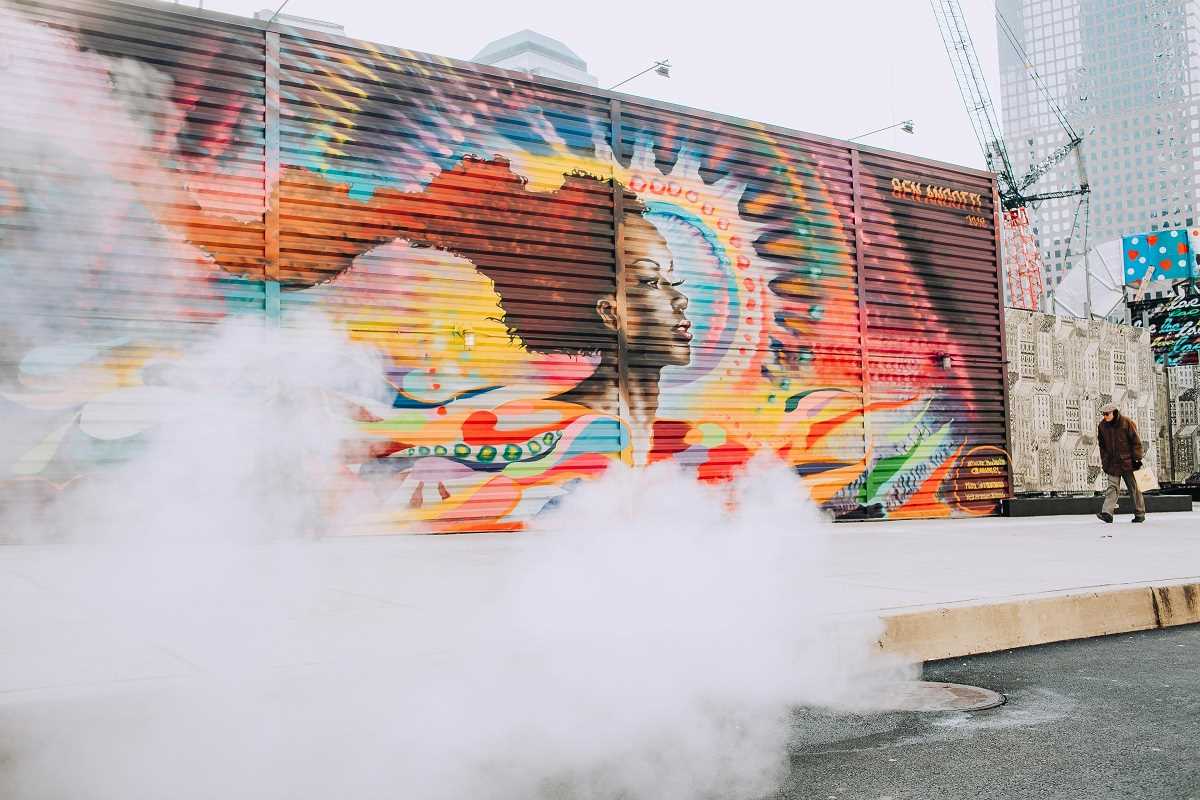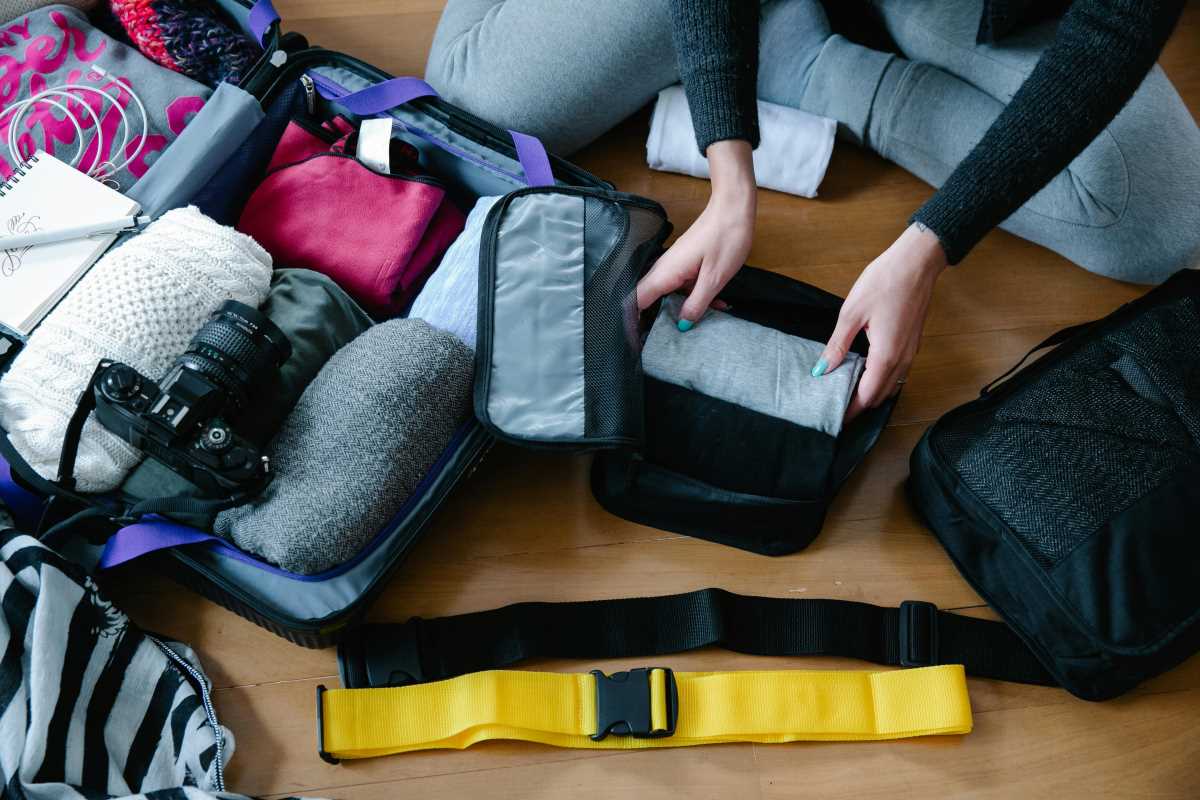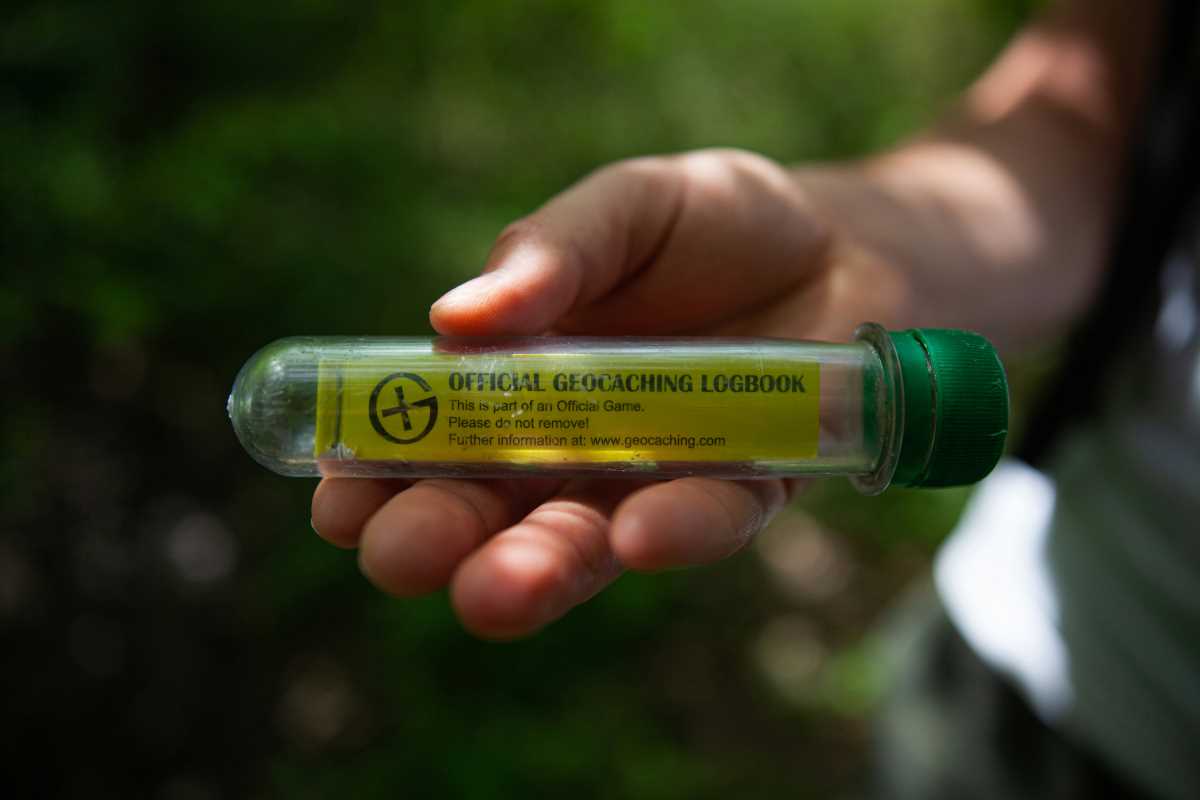Festivals burst with vibrant colors, music, and movement, offering endless opportunities for striking photos. Begin your preparations by checking the event schedule and identifying the main attractions you want to capture. Arrive before the crowds to find the best vantage points and enjoy better visibility. Take some time to learn about the festival’s background, as understanding its origins and traditions can spark fresh ideas for unique perspectives and help you engage with participants on a deeper level. With thoughtful planning and curiosity, you can create images that truly reflect the excitement and atmosphere of the celebration.
Once you understand the festival’s vibe, think about how you want to tell its story. Embrace candid moments of joy, dances mid-spin, and vibrant costumes under sunlight or string lights. A well-crafted shot invites viewers to feel the excitement, the laughter, and the shared culture. Let your camera become a storyteller, framing each detail so that anyone seeing your image can almost hear the music.
Planning Your Festival Photography
- Gear checklist:
- Two camera bodies (backup ready)
- Wide-angle lens (for crowd scenes)
- Portrait lens (85mm or 50mm prime)
- Spare batteries and memory cards
- Compact tripod or monopod
- Lens cleaning kit
- Timing tips:
- Golden hour for warm, soft light
- Arrive 30 minutes before headline acts
- Check weather forecast and pack rain cover
- Map out vendor stalls and parade routes
Creating a rough shot list helps guide you through packed crowds. Focus on must-have images, like ceremonial dances or landmark floats. That way, you avoid missing the main events while chasing random shots. Carry a lightweight backpack so you can move quickly without strain.
Understanding Your Equipment
Learning each tool’s strengths shapes your approach at every stage. A wide-angle lens captures the scene’s scale, while a telephoto lens isolates performers from background clutter. Test different focal lengths at home to find out which lens works best for dynamic festival moments.
Set your camera’s autofocus to continuous mode, so it tracks moving subjects smoothly. Choose manual exposure if lighting shifts quickly on stage. Practice switching settings by feel, so you can adjust without taking your eye from the viewfinder when the action heats up.
Mastering Lighting and Composition
Festival lighting can change between bright midday sun and vibrant stage LEDs. Use spot metering on performers to keep faces well-exposed, then adjust shadows in post-processing. Backlighting dancers creates dramatic silhouettes—position yourself so sunlight or stage lights rim around costumes.
Compose with foreground elements—flower garlands, lanterns, or crowd hands—to frame your main subject. That adds depth and places viewers inside the moment. Look for leading lines in parade routes or seating rows to guide the eye toward dancers or speakers.
Engaging with Festival Subjects
Approach performers and attendees with a friendly greeting before raising your camera. A nod or quick thumbs-up encourages open expressions rather than stiff poses. Capture smiles and interactions by staying patient and waiting for genuine gestures—promise a digital copy if someone asks.
Celebrate diverse talents on display. When you see a handcrafted costume or unique movement, ask about its significance. Those conversations often lead to authentic portraits and stories.
Post-Processing Techniques
- Import and back up your images immediately.
- Apply basic exposure and color corrections in your preferred software.
- Use selective adjustments to enhance subject highlights and deepen shadows.
- Crop strategically to improve composition and remove distractions.
- Sharpen details on costumes and decorations without increasing noise.
- Export high-resolution files for prints and resized versions for social sharing.
Batch-process files sharing similar lighting conditions to speed up your workflow. Keep a consistent editing style for festival series to create a cohesive gallery. Save your presets so you can apply them to future events with a single click.
Implement these steps to turn each festival into a vivid showcase of culture and emotion. Careful planning, skill with your gear, and authentic interactions ensure your camera captures the moment effectively.
